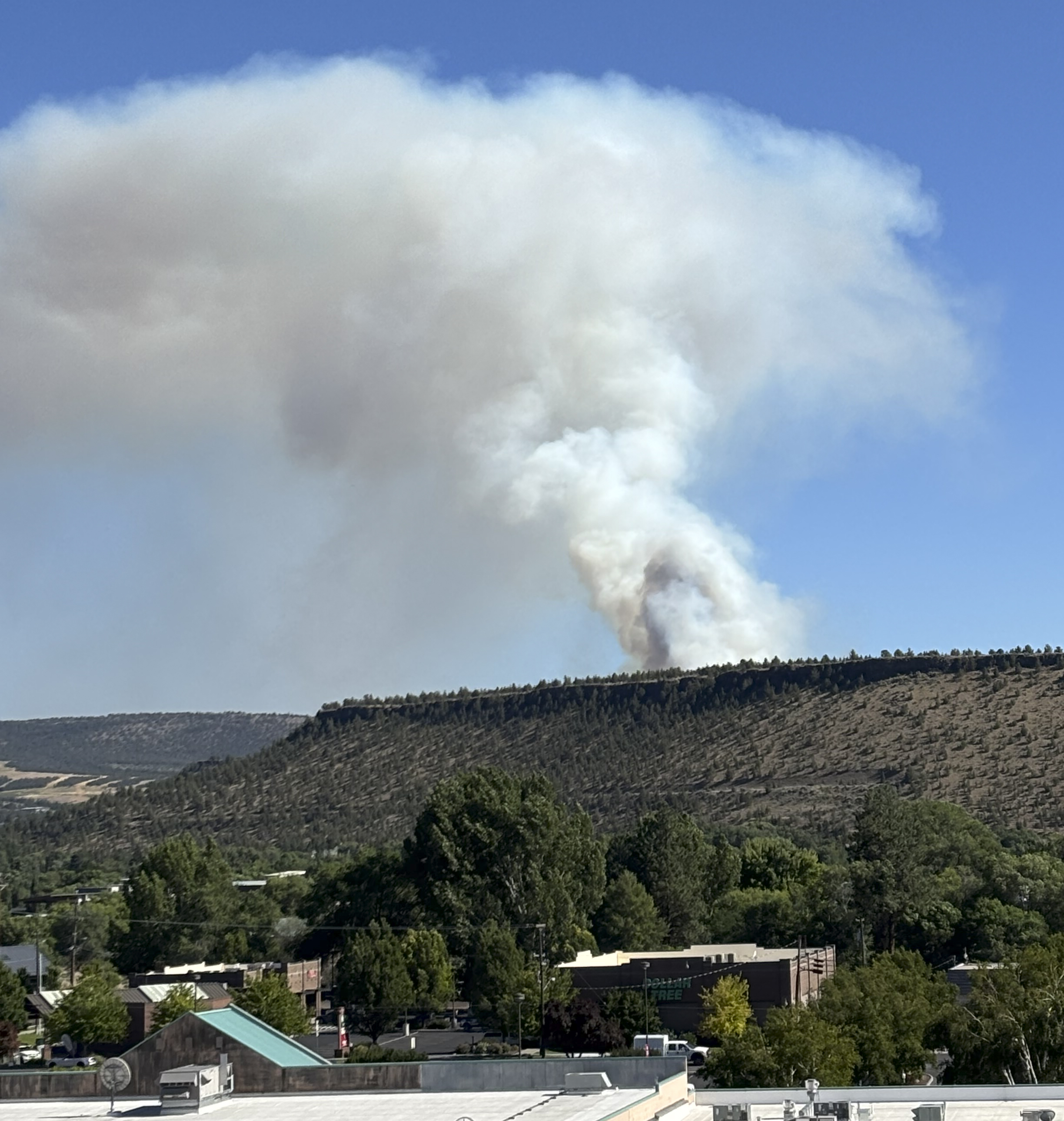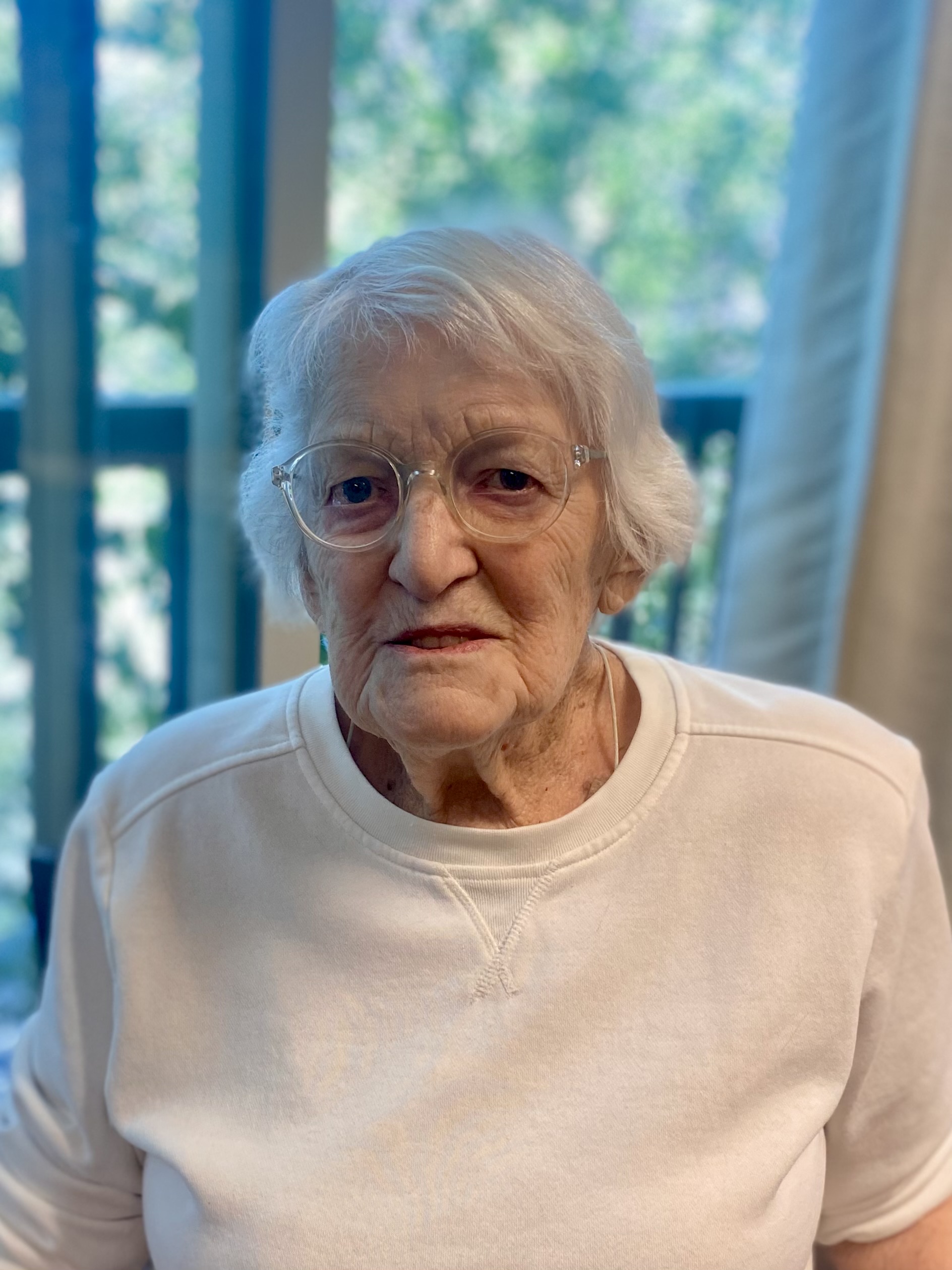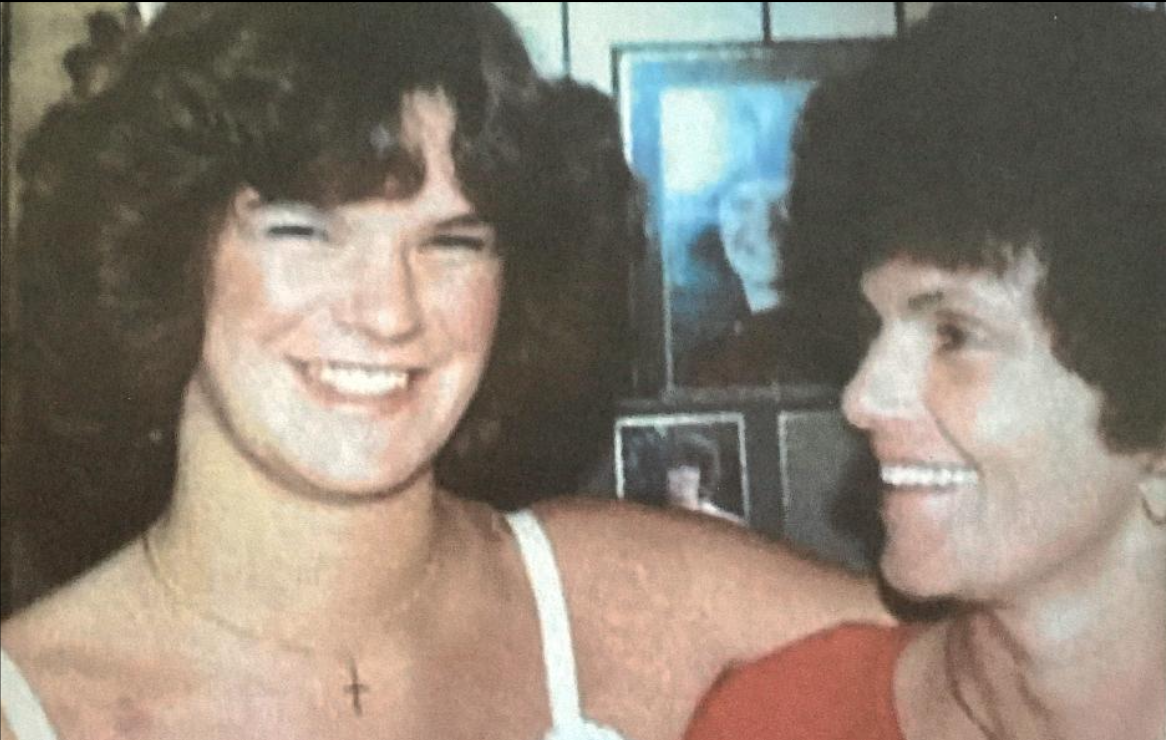Cascade East Transit to launch pilot bus routes in Redmond
Published 11:00 am Friday, July 22, 2022

- Cascade East Transit plans to launch two bus routes in Redmond in 2023. The pilot buses can seat 18 passengers and will pave the way for a fully operational transit system within the city.
Redmond is slated to launch two bus routes in the city next year, a first step toward what could soon be a fully functioning public transportation system in the city.
Trending
“Redmond is growing,” said Derek Hofbauer, the outreach and engagement administrator at Cascade East Transit and Central Oregon Intergovernmental Council. “It needs a better transit system to support the population.”
Each bus will each have 18 seats, with an Americans with Disabilities Act-accessible ramp that lowers to the ground to allow people in wheelchairs to board.
The buses will loop through northeast and southeast Redmond, hitting stops that include Walmart, the senior center, Redmond Hub and the Redmond Airport. The routes follow a flex model, which means that drivers are able to deviate up to a half mile from a fixed route to pick up or drop off passengers who call in to request service ahead of time.
Trending
CET currently provides Redmond with connecting buses to Bend, Madras, Prineville and Sisters. Within the city, there’s a dial-a-ride, a shared service that provides rides on demand from 5:30 a.m. to 7 p.m. on weekdays. Although those services are available to the general public, passengers must schedule their trips at least 24 hours in advance.
Dial-a-ride provided more than 27,000 trips to the Redmond community in 2018 and 2019, with riders most commonly using the service to get to work, medical appointments and shopping. But those numbers dropped to roughly 10,000 trips each year in 2020 and 2021 when COVID-19 hit.
A survey found that more than 75% of respondents — a group composed of the general public, transit stakeholders and city staff and officials — supported moving away from dial-a-ride service to semi-fixed bus routes.
To do so, Hofbauer said the plan is to “start slow, start small, go incremental and build it up.”
But to even start slow, CET needs to have enough drivers to staff the routes — a problem that has already pushed back the plan’s initial timeline. CET has been facing a driver shortage for the past year, said Hofbauer.
New routesCity staff worked with CET to identify the best locations for stops along the two pilot routes. They held community workshops to solicit feedback, looked at activity and employment centers and worked to identify areas that would be most ADA accessible, according to deputy city manager John Roberts. CET also tried to prioritize access to affordable and family housing, education, childcare and airport needs.
Pete Maxwell, who took a CET bus from Redmond to Bend on July 11 and has ridden buses across the country, said he looks for bus systems that are established and convenient to access. That CET currently isn’t charging riders who use their commuter services due to COVID-19 is a bonus, he said, but he doesn’t mind paying a small fee if that’s what he has to do to have reliable service.
Hofbauer said he expects CET to reinstate fares at some point in 2023.
If the pilot routes work, CET is slated to expand the program, phasing in additional transportation and building up to five fixed bus routes and a microtransit zone over the next several years. The microtransit zone functions similarly to a shared ride version of an Uber or Lyft service: passengers can request door-to-door service within the designated area without the 24-hour notice that dial-a-ride requires.
The flex buses will be allowed to deviate up to half a mile from their set routes to pick up passengers, though Hofbauer said the exact distance is not yet set in stone.
With half-mile deviation, the two pilot buses will serve 47% of the Redmond population, 84% of job sites and hit 37 of the city’s 47 current activity centers, according to the feasibility study. The final route system — with five bus routes and a microtransit zone — is projected to serve 87% of Redmond residents, 97% of job sites and 46 activity centers.
CET presented its feasibility study at a 2021 city council workshop. At the meeting, city councilor Clifford Evelyn said he liked that CET and Redmond were thinking ahead and building infrastructure to support Redmond population growth, rather than being caught off-guard without adequate transportation down the line.
Mayor George Endicott voiced his concern that the initial plans did not serve Ridgeview High School — or any of the developments in downtown Redmond. If the Ridgeview area were included in the pilot Southeast route, the entire loop would take about an hour and a half to complete, which Hofbauer said could deter people from using it.
Hofbauer said that full service will likely come two or five years after the pilot program is finished and CET crews have studied the results.
The pilot program will primarily draw funding from the Statewide Transportation Improvement Fund, a payroll tax dedicated to public transportation. CET estimates it will need an additional $400,000 per year to implement its full flex route system further down the line — and $900,000 for its end goal of a fully operational fixed transit system.
Hofbauer said CET’s funding for the later stages of the project are still up in the air.








